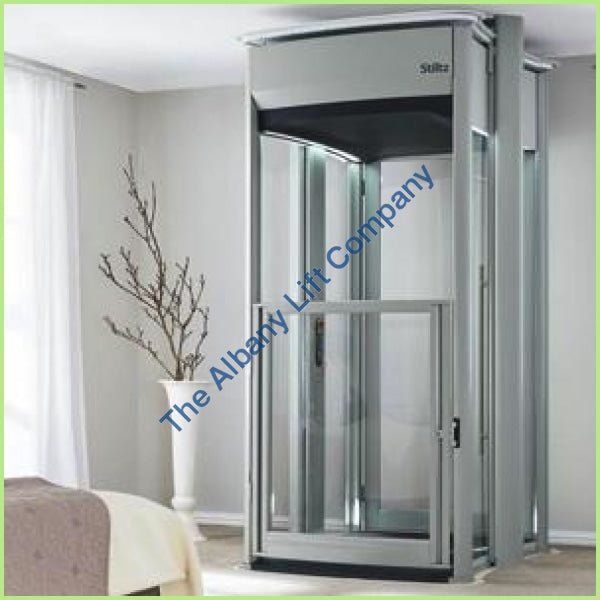Untangling the Intricacies of Lift Modern Technology: Troubleshooting Common Issues Throughout Lift Designs
In the realm of lift innovation, a myriad of intricacies commonly lie under the surface of what seems a straightforward system. From slow procedure concerns to strange noises originating from the equipment, repairing usual troubles across different lift models requires a keen eye for information and a systematic strategy - repair and maintenance services. As we start this journey to unravel the intricacies that can plague these essential gadgets, a deeper understanding of the internal functions and prospective pitfalls of lift innovation is essential. Keep tuned as we browse via the labyrinth of lift breakdowns, seeking solutions to the enigmatic issues that can interfere with the smooth performance of these vital apparatuses.
Recognizing Slow Operation Issues

Following, examine the electrical links to make sure that all components are properly connected and functioning. Defective electrical wiring or loose links can cause slow down procedure or full malfunction of the lift system. Additionally, it is vital to test the control system to determine if the issue depends on the programs or sensing units.
If the aesthetic evaluation and electrical checks do not expose the source of the slow-moving procedure, additional analysis tests might be needed. These could consist of pressure tests for hydraulic systems, voltage tests for electric parts, or running analysis software program for the control system. repair and maintenance services. By following a methodical technique to fixing sluggish procedure concerns, you can successfully settle the problem and determine, ensuring the lift runs safely and successfully
Addressing Weird Sounds
To successfully troubleshoot lift modern technology for odd noises, an extensive exam of the lift elements adhering to the recognition of slow-moving procedure issues is imperative. Weird noises in lifts can be a sign of underlying problems that need punctual interest to ensure the security and dependability of the system. Typical resources of unusual noises in lifts include worn-out or misaligned wheels, damaged motor bearings, busted or loosened suspension ropes, and malfunctioning control systems. When dealing with strange noises, it is important to carry out a methodical assessment of these components to pinpoint the exact source of the sound properly. This might entail checking for any type of noticeable indications of wear and tear, testing the capability of motor bearings, tightening up loose connections, and lubing relocating parts as required.
Additionally, it is essential to refer to the lift maker's upkeep standards and look for assistance from qualified specialists when taking care of complex lift parts or unfamiliar troubleshooting procedures. By quickly resolving and dealing with weird sounds underlying concerns, lift operators can make certain the ideal efficiency and security of the lift system for passengers and drivers.
Dealing With Faulty Control Issues
An efficient strategy for attending to defective control troubles in lift modern technology includes performing a detailed evaluation of the control system's elements and functionality. When coming across issues with lift controls, it is crucial to very first check for any kind of loosened connections, damaged circuitry, or malfunctioning sensors. Verifying that all lift companies in London control buttons, keypads, and displays are functioning appropriately is additionally essential in diagnosing the problem accurately.
If no visible problems are obvious, technicians ought to continue to inspect the control panel for any indicators of water getting too hot, deterioration, or damage, as these can frequently cause manage breakdowns. Additionally, resetting the control system or updating the software program may aid resolve certain glitches or pests triggering the issue.

Taking On Hydraulic System Malfunctions
The efficiency of hydraulic systems in lifts counts greatly on the appropriate lift companies in London performance of different components within the system. When hydraulic systems malfunction in lifts, it can cause operational interruptions and safety and security problems. One typical issue is hydraulic fluid leakage, which can happen because of damaged seals, loosened connections, or harmed cyndrical tubes. To tackle this trouble, service technicians should carry out a thorough assessment to identify the resource of the leak and replace any type of faulty components without delay.
An additional constant hydraulic system malfunction is a loss of stress, which can result from air going into the system, fluid contamination, or pump ineffectiveness. Professionals can resolve this by hemorrhaging the system to eliminate air, replacing infected fluid, or servicing the pump as needed. Additionally, irregularities in hydraulic liquid levels or uncommon sounds during lift operation may indicate underlying system malfunctions that need instant focus to stop additional damages. Routine maintenance and prompt troubleshooting of hydraulic system concerns are crucial to making sure the efficient and secure procedure of lift modern technology.
Dealing With Electric Component Failures
Resolving electrical element failures in lift innovation demands a systematic technique to detecting and settling issues to maintain operational functionality and safety and security requirements. When coming across electric issues in lift systems, it is critical to first conduct a complete examination of the electric parts, consisting of control board, circuitry, sensing units, and motherboard. Any indications of damage, corrosion, loose connections, or scorched components ought to be thoroughly kept in mind and dealt with promptly to prevent additional issues.
When it comes to electric element failures, it is necessary to comply with supplier guidelines for troubleshooting and repair work procedures. This may entail examining the parts utilizing multimeters, oscilloscopes, or various other analysis devices to identify the exact source of the lift repair near me malfunction. In addition, having a thorough understanding of the lift's electric schematics and wiring layouts can assist in determining and fixing problems effectively.
Routine upkeep and evaluation routines can assist protect against electric failures by detecting potential problems early on. Appropriate training for lift service technicians on electric systems and elements is likewise important to guarantee accurate diagnosis and effective resolution of electric troubles, ultimately adding to the general safety and security and reliability of lift operations.
Final Thought
To conclude, repairing lift modern technology needs a methodical strategy to recognize and deal with usual problems such as slow procedure, unusual sounds, defective controls, hydraulic system breakdowns, and electric element failures. By comprehending the intricacies of lift innovation and adhering to proper troubleshooting steps, technicians can effectively solve problems and guarantee the reliable and risk-free operation of lifts across numerous designs.
To properly fix lift technology for strange sounds, a complete exam of the lift parts adhering to the recognition of sluggish procedure concerns is crucial. Odd noises in lifts can be a sign of underlying troubles that call for timely interest to ensure the safety and security and dependability of the system.An efficient technique for resolving defective control troubles in lift innovation involves carrying out a thorough analysis of the control system's elements and functionality.The efficiency of hydraulic systems in lifts depends heavily on the proper performance of various parts within the system. repair and maintenance services. When experiencing electrical troubles in lift systems, it is vital to initial conduct a comprehensive evaluation of the electric components, including control panels, wiring, sensing units, and circuit boards